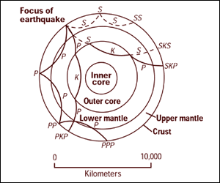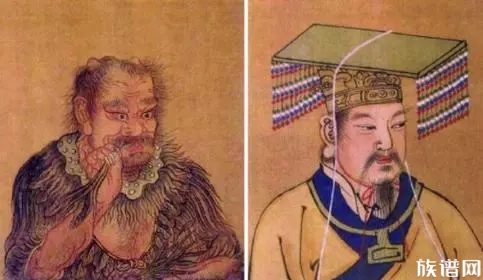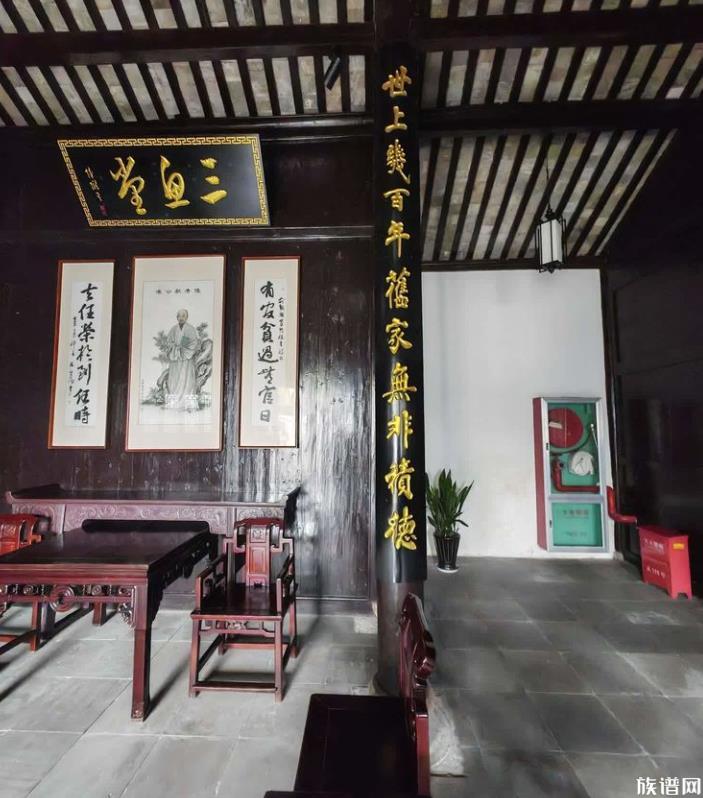



地幔熱柱
概念
1971年威廉·杰森·摩根发表了地幔热柱理论。理论中,地幔中的对流缓慢地将热从地核携带至地表。现在我们知道,有两种对流过程负责地球内部的热交换:板块构造与地幔热柱。前者由冷却的岩石圈地壳沉入软流圈来驱动,当海洋地壳隐没,软流圈会被动地于中洋脊涌升而达平衡。后者由地核、地幔热交换来驱动,热物质沿细柱上升,并将热带离地核。地幔热柱通常独立于,板块运动。
1970年代早期模拟地幔热柱的流体力学模型显示,热柱由两个部分组成:呈长细柱状,底端连至地幔底部,顶端则膨大成球状并随上升而膨胀,整体就像有着细长柄的蘑菇。顶端呈蕈状是因为细柱的热物质上升速度较热柱本体快,使物质累积于顶端所致。1980年代晚期至1990年代早期的模型显示,球状顶上升膨胀时可能会挟带入周围的软流圈物质。
当热柱顶抵达岩石圈底,会开始摊平并因减压而大规模熔融形成玄武岩岩浆。这些岩浆可能会于短时间内大量喷发至地表(短于一百万年),于大陆地壳形成洪流玄武岩,于海洋地壳则形成海底高原。洪流玄武岩的例子如印度的德干玄武岩与拉治马哈玄武岩,亚洲的西伯利亚玄武岩、峨嵋山玄武岩,加拿大卑诗省的卡尔马森层,南非的卡露玄武岩,南极洲的费勒粗玄岩(原与卡露连接),南美洲的巴拉那玄武岩与非洲的艾坦德卡玄武岩(此两者在南大西洋形成前为一个玄武岩区),北美洲的哥伦比亚河玄武岩。和热柱有关联的海底高原包括西南太平洋的昂东爪哇高原,印度洋的曼尼海根高原。
热柱尾端的细柱仍会继续上升,并于固定位置不断地提供岩浆,也就是热点。当上方岩石圈移动,热点喷发会形成火山链,方向平行于板块移动。经典例子为太平洋的夏威夷-帝王岛链。
大陆的洪流玄武岩喷发常与大陆张裂、分离有关(如埃塞俄比亚玄武岩与东非大裂谷),因而产生了地幔热柱在大陆张裂与海盆形成中扮演着重要角色的假说。因此亦可见一些自洋脊两侧延伸的火山链(如在南大西洋、冰岛)或对称的玄武岩区(如东南格陵兰玄武岩)。
热柱形成
微热柱
地核的作用
证据
成链状的火山轨迹
稀有气体和同位素
地球物理上的异常
地球化学
可能的热柱地点
矿脉的关连
其他解释热点的模型
参考文献
Anderson, Don L. & Natland, James H. (2005). A brief history of the plume hypothesis and its competitors: Concept and controversy. In: Foulger, GR, Natland, JH, Presnall, DC, & Anderson, DL eds. Plates, plumes, and paradigms: Geological Society of America Special Paper 388 p. 119-145.
Anderson, Don L., 1998. The helium paradoxes, Proc. Nat. Acad. Sci., 95, 4822-4827.
Anderson, DL, 2005, Large igneous provinces, delamination, and fertile mantle: Elements, vol. 1, December 2005, 271-275./
Campbell, IH, 2005, Large igneous provinces and the plume hypothesis: Elements, vol. 1, December 2005, 265-269./
Cohen, B., Vasconcelos, P.M.D., Knesel, K. M., 2004 Tertiary magmatism in Southeast Queensland in, Dynamic Earth: Past, Present and Future, pp. 256 – 256, Geological Society of Australia
Courtillot, V., Davaille, A., Besse, J., Stock, J., 2003. Three distinct types of hotspots in the Earth"s mantle. Earth and Planetary Science Letters 206, 295-308.
Montelli R, Nolet G, Dahlen FA, Masters G, Engdahl ER, Hung SH. Finite-frequency tomography reveals a variety of plumes in the mantle.Science. 2004, 303 (5656): 338–43. PMID 14657505. doi:10.1126/science.1092485.
DePaolo, DJ, and Manga, M, 2003, Deep origin of hotspots – the mantle plume model. Science, 300, 920-921.
Farnetani, C.G., and H. Samuel. 2005.Beyond the thermal plume paradigm. Geophysical Research Letters 32 (April 16):L07311.Abstract.
Jones, AP, 2005, Meteor impacts as triggers to large igneous provinces: Elements, vol. 1, December 2005, 277-281./
Labrosse, S., Hotspots, mantle plumes and core heat loss, Earth Planet. Sci. Lett., 199, 147-156,2002.
Lassiter, J. C., Constraints on the coupled thermal evoluution of the Earth"s core and mantle, the age of the inner core, and the origin of the Os/Os "core signal" in plume-derived lavas. Earth and Planetary Science Letters, v. 250, p. 306-317 (2006).
Marsh, JS, Hooper PR, Rehacek J, Duncan RA, Duncan AR, 1997. Stratigraphy and age of Karoo basalts of Lesotho and implications for correlations within the Karoo igneous province. In: Mahoney JJ and Coffin MF, editors, Large Igneous Provinces: continental, oceanic, and planetary flood volcanism, Geophysical Monograph 100, American Geophysical Union, Washington, DC, 247-272.
Peate DW, 1997. The Parana-Etendeka Province. In: Mahoney JJ and Coffin MF, editors, Large Igneous Provinces: continental, oceanic, and planetary flood volcanism, Geophysical Monograph 100, American Geophysical Union, Washington, DC, 247-272.
Ratajeski, K. (November 25, 2005).The Cretaceous Superplume
Ritsema, J., H.J. van Heijst, and J.H. Woodhouse, Complex shear wave velocity structure imaged beneath Africa and Iceland, Science, 286, 1925–1928, 1999.
Saunders, AD, 2005, Large igneous provinces: origin and environmental consequences: Elements, vol. 1, December 2005, 259-263./
Choi, S.H. . Mukasa, S.B. . Kwon, S.T. . Andronikov, A.V. , 2006, Sr, Nd, Pb and Hf isotopic compositions of late Cenozoic alkali basalts in South Korea: Evidence for mixing between the two dominant asthenospheric mantle domains beneath East Asia
免责声明:以上内容版权归原作者所有,如有侵犯您的原创版权请告知,我们将尽快删除相关内容。感谢每一位辛勤著写的作者,感谢每一位的分享。

- 有价值
- 一般般
- 没价值








推荐阅读


关于我们

APP下载




















